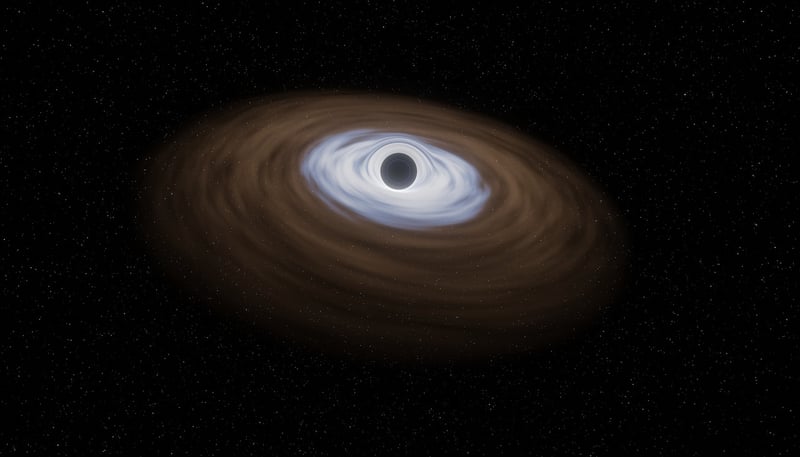Space Phenomena Analysis
Unraveling Mysteries in Space: A Fascinating Analysis of Space Phenomena
Space has always been a realm filled with mysteries and wonders that captivate the imagination of scientists and enthusiasts alike. From dazzling supernovae to enigmatic black holes, the cosmos never fails to amaze us with its breathtaking phenomena. Let's delve into some of the most intriguing mysteries in space and analyze these phenomena that baffle even the most seasoned astronomers.
1. Black Holes: The Cosmic Enigmas
Black holes are perhaps one of the most enigmatic entities in the universe. These gravitational giants possess such immense mass and density that not even light can escape their grasp. Scientists are still trying to unravel the mysteries surrounding black holes, including their formation, behavior, and the profound impact they have on the surrounding space-time.

2. Dark Matter: The Invisible Force
Dark matter is another puzzling phenomenon that pervades the universe. Despite not interacting with light, dark matter exerts a gravitational influence on visible matter, playing a crucial role in the structure and evolution of galaxies. Scientists continue to study and analyze dark matter to uncover its true nature and significance in the cosmic tapestry.

3. Supernovae: Spectacular Stellar Explosions
Supernovae are awe-inspiring events that mark the explosive deaths of massive stars. These cataclysmic explosions release an incredible amount of energy and forge heavy elements that enrich the cosmos. By studying supernovae, scientists gain valuable insights into stellar evolution, nucleosynthesis, and the dynamics of the universe.

4. Exoplanets: Worlds Beyond Our Solar System
The discovery of exoplanets has revolutionized our understanding of planetary systems beyond our own. These distant worlds, orbiting other stars, present a diverse range of environments and conditions that challenge our preconceptions about habitability and the prevalence of life in the cosmos. Analyzing exoplanets offers valuable insights into the formation and diversity of planetary systems.

5. Gravitational Waves: Ripples in Spacetime
Gravitational waves, predicted by Einstein's theory of general relativity, are disturbances in the fabric of spacetime caused by the acceleration of massive objects. The detection of gravitational waves has opened a new window to observe the universe, enabling scientists to explore phenomena such as black hole mergers and neutron star collisions with unprecedented precision.

As we continue to unravel the mysteries of the cosmos and analyze the fascinating phenomena that shape our universe, each discovery brings us closer to understanding the vast complexities and wonders of space. The enigmas of space beckon us to explore further, pushing the boundaries of our knowledge and inspiring generations to come.
Let's gaze up at the night sky with wonder and curiosity, knowing that the mysteries of space will continue to captivate and intrigue us for years to come.
